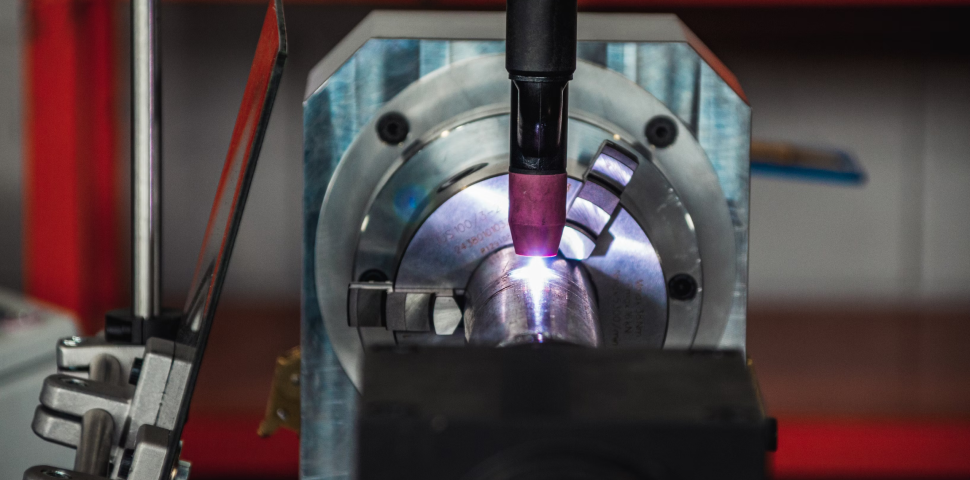What is the laser power I will need for my applications?

Determining Laser Power for Your Applications: Finding the Right Balance
Selecting the appropriate laser power is crucial for achieving optimal performance in various applications, such as laser cutting and high-speed processes. While a laser power of more than 80 watts is generally recommended for laser cutting and certain fast-paced operations, several factors should be considered to ensure the right balance between power and efficiency. In this article, we will explore the considerations involved in determining the laser power needed for specific applications.
Understanding Laser Power and Its Importance:
Laser power refers to the amount of energy emitted by a laser beam per unit of time. It plays a significant role in determining the effectiveness and efficiency of laser-based processes. In laser cutting, higher power enables faster cutting speeds and the ability to process thicker or denser materials. For other applications, such as engraving or marking, lower power levels may be sufficient.
Factors Affecting Laser Power Requirements:
Several factors influence the laser power needed for a particular application. Material type and thickness are among the primary considerations. Different materials have varying absorption characteristics, meaning they require different amounts of energy to achieve desired results. Thick or highly reflective materials may require higher laser power to ensure effective cutting or processing.
The desired processing speed also plays a vital role in determining laser power requirements. For high-speed applications, such as rapid laser cutting, a laser power of more than 80 watts is often recommended to maintain efficient operation and achieve desired throughput. However, slower applications or those requiring finer detail may not necessitate such high power levels.
Other factors to consider include the desired precision, the complexity of the design or pattern, and the thermal impact on the material. Higher laser power may result in increased heat generation, which can cause material distortion or undesired effects on the final product. Finding the right balance between power and precision is crucial for achieving optimal results.
Balancing Power and Efficiency:
While higher laser power offers advantages in terms of increased cutting speed and the ability to process thicker materials, it is essential to consider the overall efficiency of the process. Higher-power lasers typically consume more energy and may require additional cooling mechanisms. Balancing power requirements with energy consumption and operational costs is a critical aspect of selecting the appropriate laser power for an application.
Consulting Laser Experts and Testing:
Determining the ideal laser power for a specific application often requires consulting with laser experts or manufacturers who can provide guidance based on their expertise. Additionally, conducting tests and trials on sample materials can help evaluate the optimal power level for achieving the desired results.
Conclusion:
Selecting the appropriate laser power is crucial for ensuring efficient and effective laser-based processes. While a laser power of more than 80 watts is generally recommended for laser cutting and high-speed applications, other factors such as material type, thickness, precision requirements, and energy efficiency should be considered to strike the right balance and achieve optimal performance.

